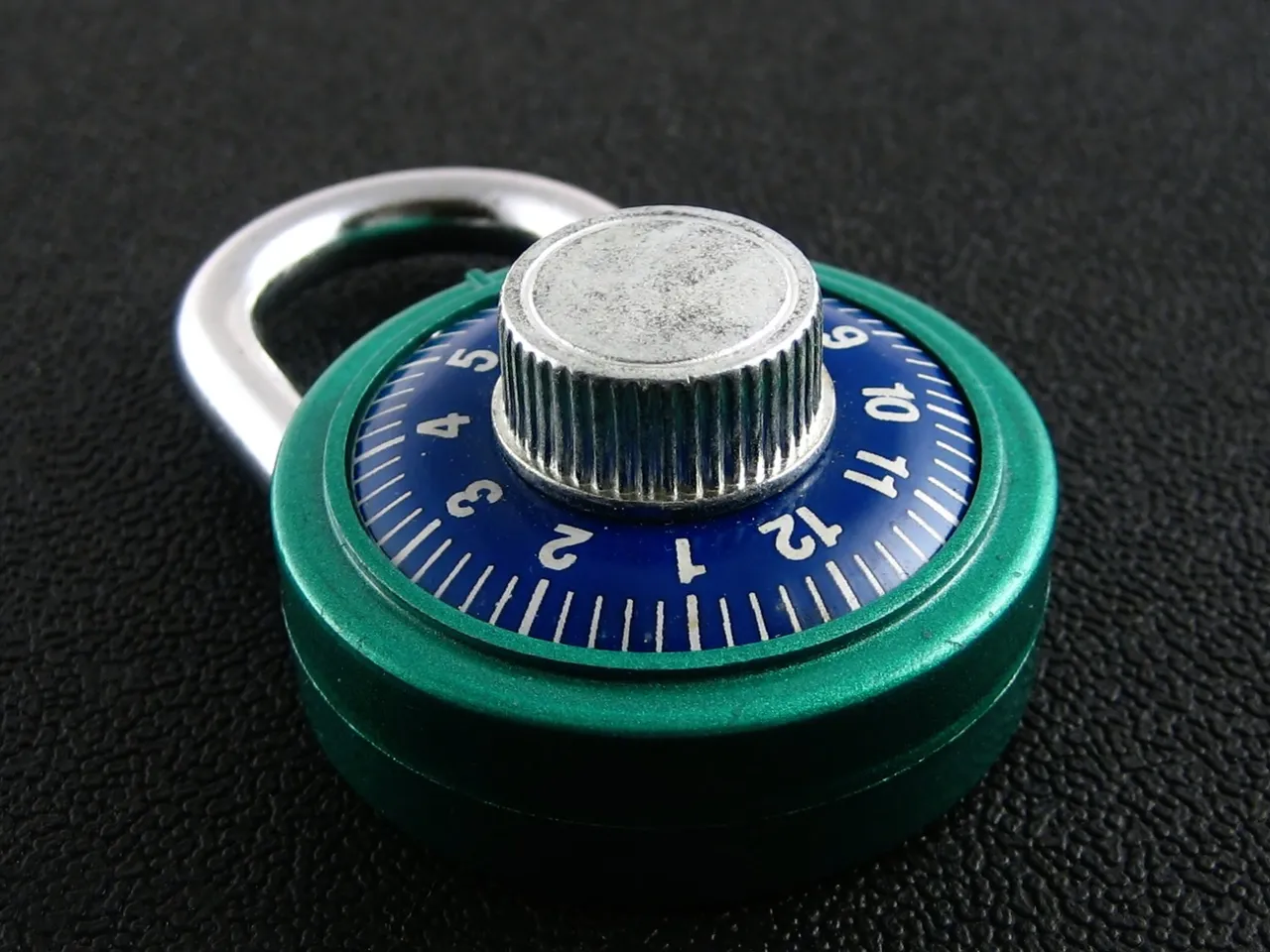Sale-leaseback transactions can be an effective tool for succession planning in a business. Succession planning refers to the process of identifying and preparing a successor to take over the management of a business.
One way a sale-leaseback can be used in succession planning is by providing a way for the current owner of the business to extract value from the business while still maintaining control. For example, the owner could sell the company’s real estate to a third party through a sale-leaseback transaction and then lease the property back from the buyer. This provides the owner with immediate cash, while still allowing them to continue operating the business on the same property.
Additionally, a sale-leaseback transaction can provide a way for the successor to take over the business gradually. For example, the owner could sell a portion of the business’s assets, such as the equipment or real estate, through a sale-leaseback transaction and then lease those assets back from the buyer. This provides the successor with the opportunity to gain experience running the business while the current owner retains some control.
Finally, a sale-leaseback can also be used to provide the successor with capital to invest in the business. By selling an asset and leasing it back, the business can free up capital that can be used to invest in growth opportunities, such as expanding the business or developing new products or services.
In conclusion, sale-leaseback transactions can be a useful tool for succession planning in a business. By providing a way for the current owner to extract value from the business while maintaining control, and for the successor to gradually take over the business and invest in its growth, a sale-leaseback can help ensure a smooth transition of ownership and management. However, as with any financial transaction, it is important to carefully consider the potential benefits and risks before deciding whether a sale-leaseback is the right choice for your succession planning needs.




